About the Blog: Tabo is a different world altogether. Also known as the Ajanta of Himalayas, the place is known for its ancient jaw-dropping murals and thangkas inside the Tabo Monastery. The landscape of the place is also quite unique with its meditation caves. Read this blog to know about our experience at Tabo after visiting Nako and Gue Monastery.
Towards Tabo Monastery : Gue – Tabo

After getting thoroughly mesmerized and amazed by the Gue Mummy, we finally started our jouney towards Tabo. Well, it was almost 2.30 PM. While we were at Gue, the mummy had us totally engrossed, but once we were on the road, we could feel the hunger pangs. But there was nothing on the way other than mountains and rocks and barren tracks.
After driving for another hour or so (by this time I had already forgotten the essence of time), we reached Tabo.
Tabo
Tabo is a different world altogether. The place is so different from what I had seen all this time. Before this Spiti Valley trip, one of my friends had told me that at Tabo, we will feel that we have entered an ancient era. We felt exactly the same.

Located at an altitude of 3280 m (10760 feet), Tabo is also known as the Ajanta of Himalayas. This is because of the impressive and eye-catching murals and paintings found inside the Tabo Gompa. There are priceless Thangkas, manuscripts, well-preserved statues, frescos and murals adorning almost every wall. This is something that you should not miss. Photography is not allowed inside Tabo Monastery, but you can take pictures of the complex from the outside.
We reached the Tabo Monastery. But before anything, we headed to a restaurant in front of the monastery and had a fill of Rajma Chawal. It was heavenly!
After a much-satiated stomach, we visited Tabo Monastery.
Tabo Monastery

Tabo Monastery is one of the oldest monasteries of the region. The monastery was built by the Royal Lama Yeshe-O in 996 AD when the ancient Tibetan monarchy was extending their kingdom from Ladakh to Mustang region.
Over the years, Tabo monastery has experienced a lot of ravages of time. There had been attacks from neighboring kingdoms to natural calamities. Tabo Monastery has a lot of stories to tell. After the earthquake of 975, the monastery was rebuilt. In 1983, another Assembly Hall or Dukhang was constructed.
Today, apart from the old Tabo Gompa, another new monastery has been built.
Spread across a large area, Tabo Gompa has around 45 monks residing in the monastery. Tabo Monastery is located within the village beside the river bank and not on a hilltop like most other monasteries of the region. This is a common feature of monasteries built before 1300 AD. The same feature is seen in Alchi Monastery and Mangyu Monastery in Ladakh as well.
The old part of the monastery has 9 temples and a number of stupas all made of mud. Once you enter the monastery complex area, the temples made of mud would look just like nondescript small mud houses. The exteriors look deceptively unassuming, but you would be surprised once you enter the temples.

Impressive Murals at Tabo Monastery
There are 1000 years old frescos and murals adorning the walls. There are priceless artifacts, statues and figurines. The splendor and grandiose of these paintings and artifacts were not something that I was prepared for. Truly, Tabo is quite aptly known as the Ajanta of the Himalayas.
There are numerous thangkas depicting Jataka tales and the life of Buddha. I was speechless as I explored the temples and looked around at the treasures it had. Tabo is really amazing!
Now let us explore the monastery complex in a little more detail.
Tabo Monastery is a mix of both Tibetan and Indian cultures. The thangkas, murals, paintings, manuscripts and statues depict the history and culture of the Himalayan region in great detail.

Temples of Tabo Monastery
There are 9 temples, 4 decorated stupas and several small chortens and monk quarters inside the complex. There is also an extension that houses nun’s quarters.
The 9 Temples inside Tabo Monastery are the following
- The Temple of the Enlightened Gods (gtug-Lha-khang)
- The Golden Temple (gser-khang)
- The Mystic Mandala Temple / Initiation Temple (dkyil-kHor- khang)
- The Bodhisattva Maitreya Temple (Byams-Pa Chen-po Lha-khang)
- The Temple of Dromton (Brom-ston Lha khang)
- The Chamber of Picture Treasures (Z’al-ma)
- The Large Temple of Dromton (Brom-ston Lha khang)
- The Mahakala Vajra Bhairava Temple (Gon-khang)
- The White Temple (dKar-abyum Lha-Khang)
Surrounding the monastery complex are hills where you can see some caves. These caves were used in the earlier days for the monks to meditate. These are known as cave shrines. If you have time at Tabo, do visit these caves.
Tsug-lhakhang is the main temple of the complex. The main deity is that of Vairochana seated on a single lotus throne. There are images of five Bodhisattvas inside the temple.

The Maitreya Temple has a huge statue of Maitreya Buddha that is almost 6 m in height.
Along with these 2 temples, Mystic Mandala Temple and the Temple of Dromton are in the older part of the monastery. There are 5 other temples in the complex.
There is a museum and a library housing several rare books on Tibetan and Buddhism inside the monastery complex.
Rock carvings at Tabo
There are some preserved rocks behind the government school in the village. These rocks have engravings on them.
Tabo caves

The Tabo Caves are something that I was quite interested in. Although I could not do a close inspection of the place as we were not staying at Tabo and were heading towards Dhankar that day. There is a debate whether these caves are natural o r man-made. But these caves were definitely used for the monks for meditation. It is also said that the monks used to live in these caves to escape from the harsh winters. These meditation caves can be easily seen from the village and it is a 15 minutes’ walk from the monastery complex to these caves.
We explored Tabo Monastery while marveling at the artworks there. After that we had to make a decision – either we could stay at Tabo or we could move towards Dhankar village and stay there. We wanted to trek to Dhankar Lake the next day and then move towards Pin valley. So we decided that we would not stay at Tabo, but move towards Dhankar village.
Tabo to Dhankar

Dhankar is about 32 km from Tabo. We started at around 5 PM from Tabo and by the time we reached the diversion to Dhankar, it was almost sunset time and were quite lucky to reach a vantage point just before sunset, from where a great view of the Dhankar Gompa could be seen.
We stopped there for some time and watched a glorious sunset over the Dhankar Gompa. It was definitely an experience to remember. What can I say, after Nako Lake, Gue Mummy and Tabo, the sunset was simply the icing on top.
After sunset, we drove towards Dhankar village. There were two homestays running at that time and both were full. As we were asking around, a family opened up their home for us. Well, that was also a homestay, but they were not operating at that time. However, they opened up their home and we got a place to stay for the night. Well, the story of Dhankar is for another day and another post. Hope you will read that too!

Tabo – Some important Information
How to Reach Tabo Monastery?
You will probably visit Tabo as a part of your Spiti Valley Trip. Inn all probability, you will have your own car or bike or have a rented car.
As with all the places in Spiti Valley, you can either start your journey from Shimla or Manali. We recommend you to do the entire circuit starting from Shimla and ending at Manali.
For budget travellers looking for public transport, you can avail HRTC buses to reach Tabo. One bus is available from Reckong Peo t o Tabo that leaves at 6.30 AM in the morning. This bus goes all the way to Kaza and you can drop off at Tabo. It will take about 9 hours from Peo to Tabo.
You will also get a bus from Kaza leaving at around 7.30 AM towards Tabo. This bus goes to Shimla.
Please note that the bus timings are not tentative. Please ask local bus stands or operators for exact timings.
Where to Stay at Tabo?
Tabo now has quite a number of homestays and guest houses for stay. There are several homestays right near the monastery and a few others in the village. There is also a backpackers hostel at Tabo.
You can also stay at the monastery guest house. This is a great option for budget conscious travelers. However, please note that the stay at the monastery guest house will be basic.
Where to Eat at Tabo?
There are several restaurants and small eateries near the Tabo Monastery and in the village. Food is basic. You will find Tibetan options as well as Rajma Chawal.
What is the best time to visit Tabo Monastery?
The best time to visit Tabo is between May to September, which is also the best time to visit Spiti Valley. Both the roads from Shimla and from Manali remain open during this time. The weather is agreeable and pleasant during this time.
While Tabo does not receive much rain, the monsoon season between July and August can see heavy rains in Kinnaur Valley resulting in landslides and road blocks. Keep that in mind while planning your trip.
Winters are quite harsh in Spiti Valley as well as Tabo. During the winter, only the road from Shimla is open. Please carry heavy woolen, jackets, scarves, gloves and other accessories to save you from the harsh winters of Spiti Valley.
How is the mobile and internet network at Tabo?
Tabo had a mobile network near the monastery. I could use my Airtel number. But the signal was quite weak.

In Conclusion
Tabo is one of the most interesting places in Spiti Valley. Although we did not stay there for the night, we highly recommend you do so.
Are you planning to visit Spiti Valley? Or have you already visited this wonderful place? How was your experience there? Let us know i n the comments below.
If you found this blog useful, please share this with your family, friends and neighbours. And if you have any questions on Tabo or Spiti Valley, please email us or ask in the comments below.

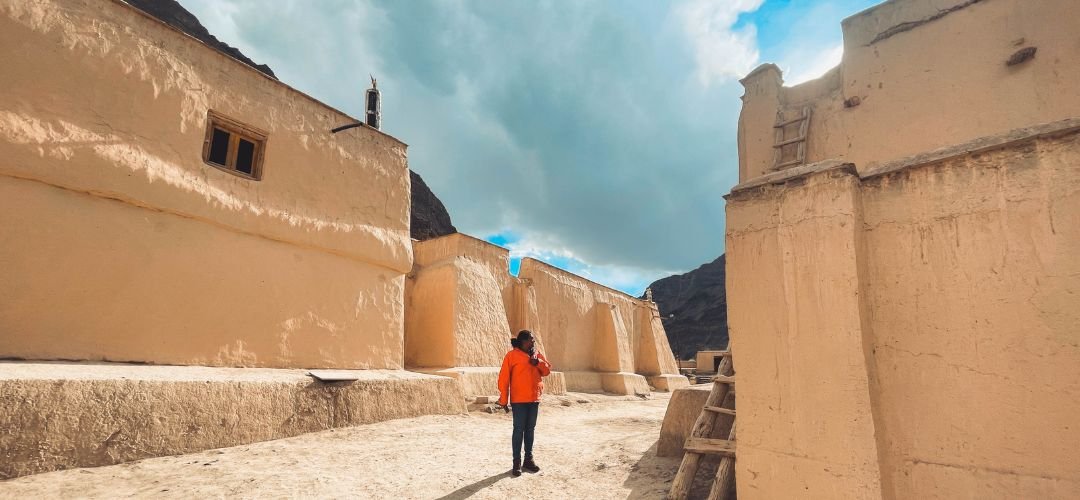

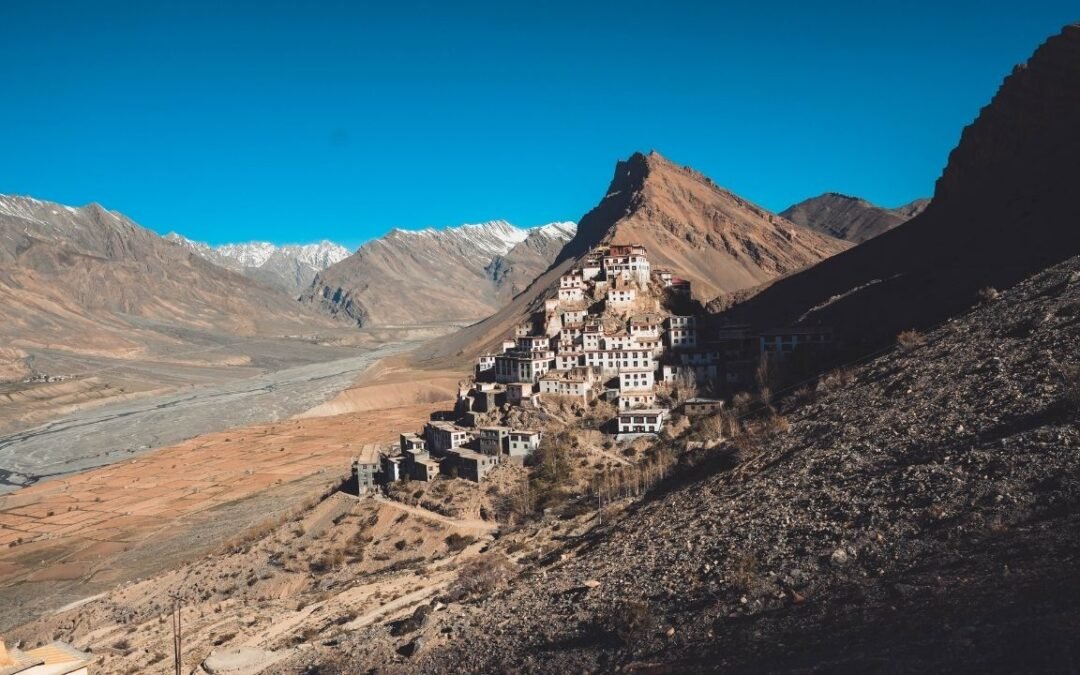
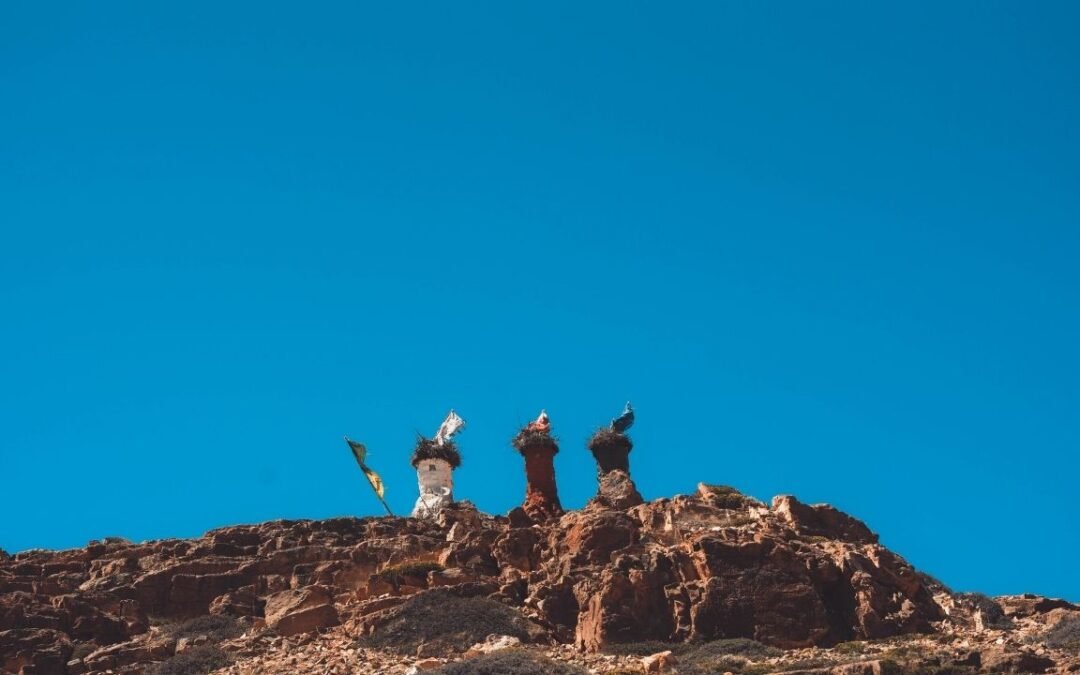
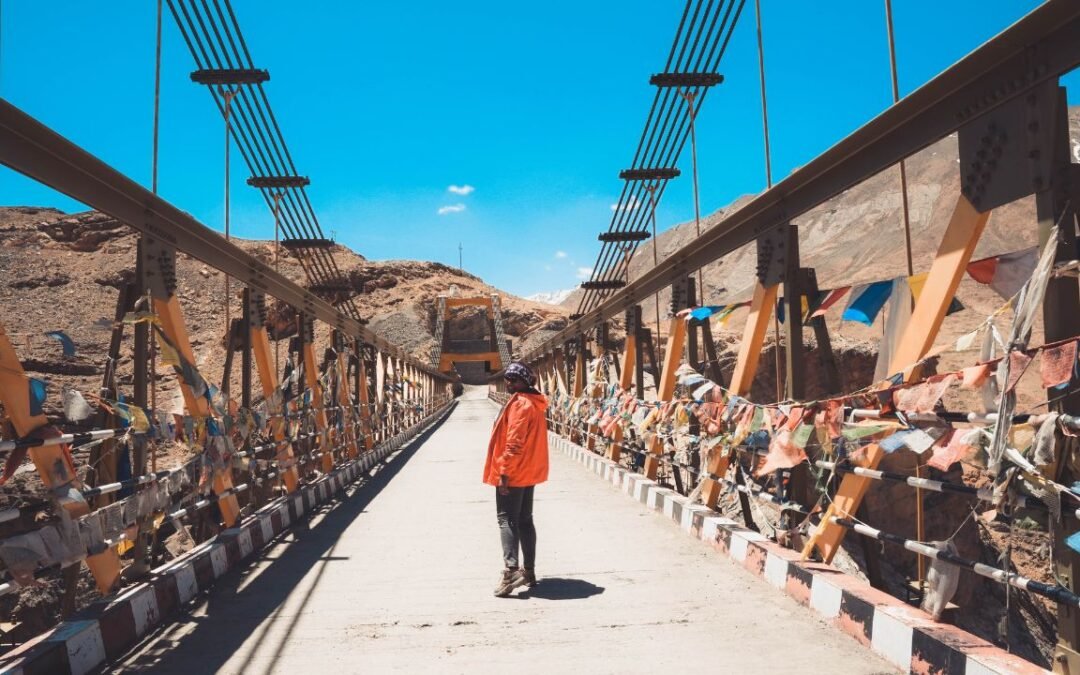
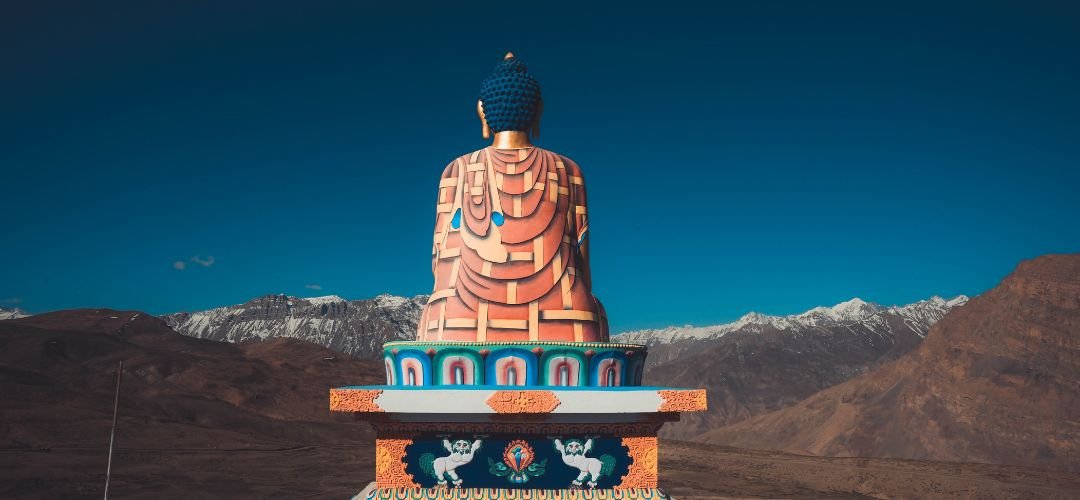
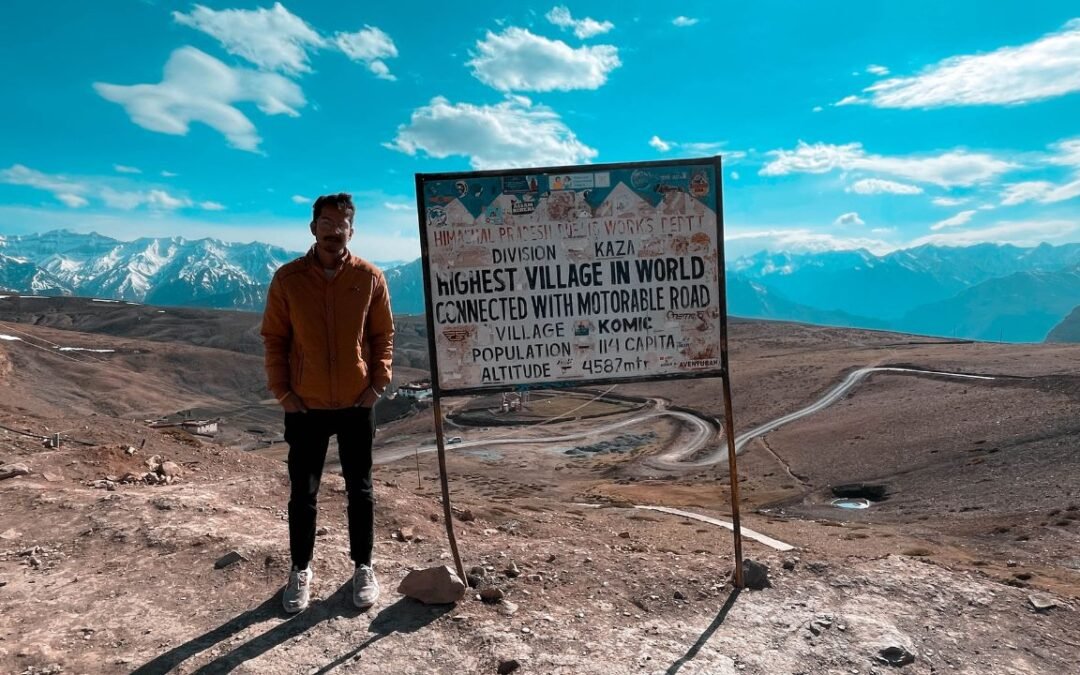
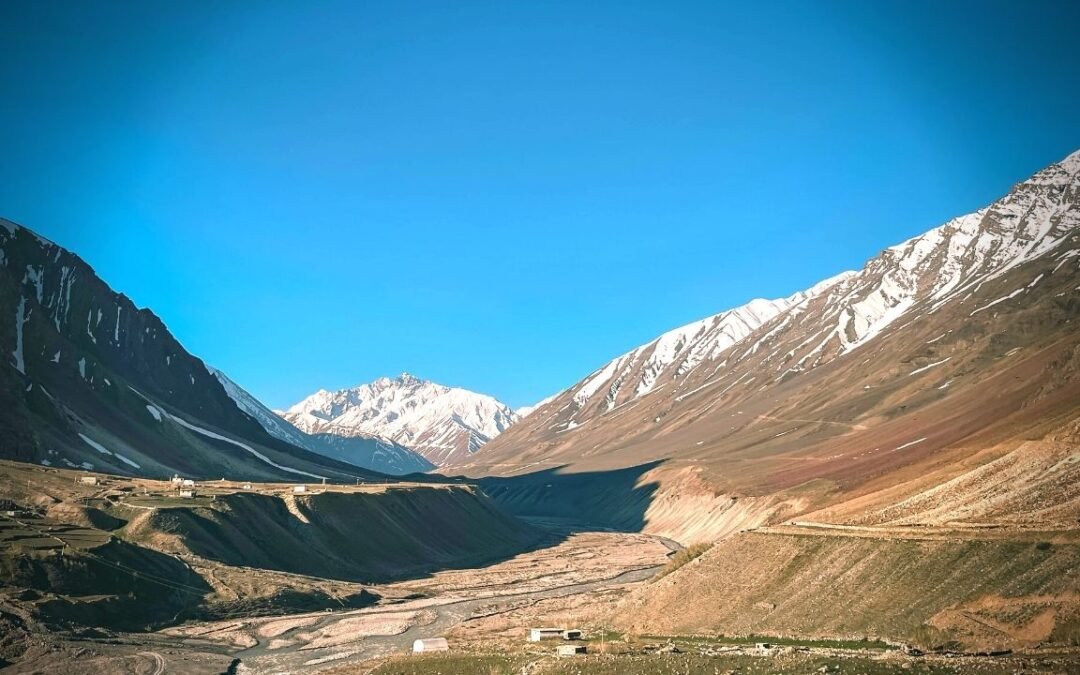
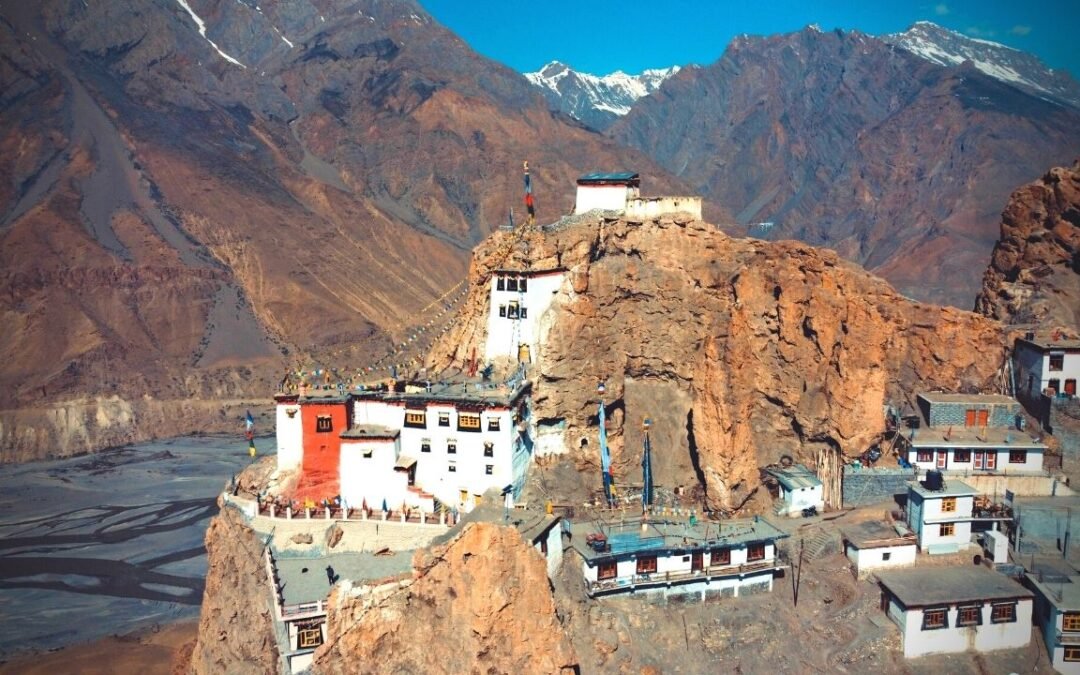
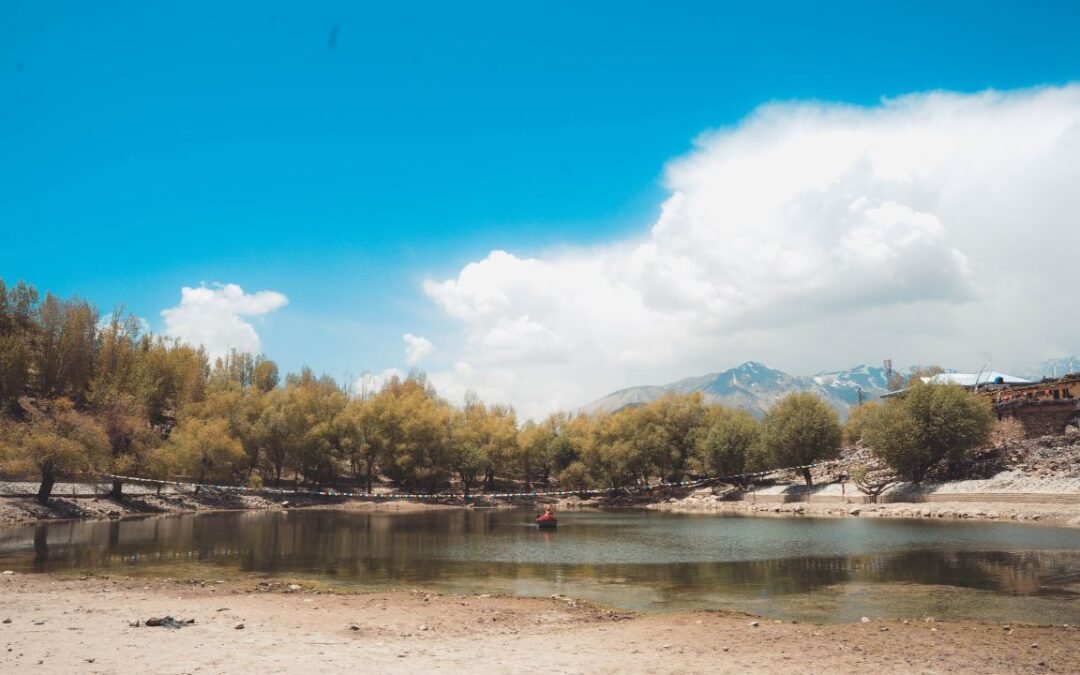
0 Comments